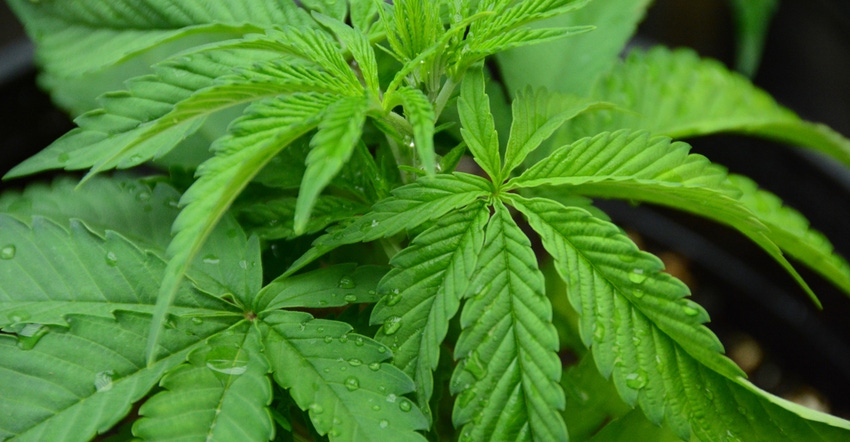February 13, 2020

The USDA announced two programs in early February that protect hemp producers’ crops from natural disasters.
A pilot hemp insurance program through Multi-Peril Crop Insurance, or MPCI, provides coverage against loss of yield because of insurable causes of loss for hemp. The Noninsured Crop Disaster Assistance Program, or NAP, protects against losses associated with lower yields, destroyed crops or prevented planting where no permanent federal crop insurance program is available.
Producers may apply now, and the deadline to sign up for both programs is March 16. Find out more at farmers.gov/hemp.
The MPCI pilot insurance is a new crop insurance option for hemp producers in select counties of 21 states for the 2020 crop year. The 21 states include Illinois and Indiana. Information on eligible counties is accessible through the USDA Risk Management Agency’s Actuarial Information Browser.
Among other requirements, to be eligible for the pilot program, a hemp producer must have at least one year of history producing the crop and have a contract for the sale of the insured hemp. In addition, the minimum acreage requirement is 5 acres for cannabidiol (CBD) and 20 acres for grain and fiber. Hemp will not qualify for replant payments or prevented planting payments under MPCI.
NAP provides coverage against loss for hemp for the 2020 crop year where no permanent federal crop insurance program is available.
NAP basic 50-55 coverage is available at 55% of the average market price for crop losses that exceed 50% of expected production. Buy-up coverage is available in some cases. For all coverage levels, the NAP service fee is $325 per crop or $825 per producer per county, not to exceed $1,950 for a producer with farming interests in multiple counties.
Source: USDA, which is solely responsible for the information provided and is wholly owned by the source. Informa Business Media and all its subsidiaries are not responsible for any of the content contained in this information asset.
You May Also Like




